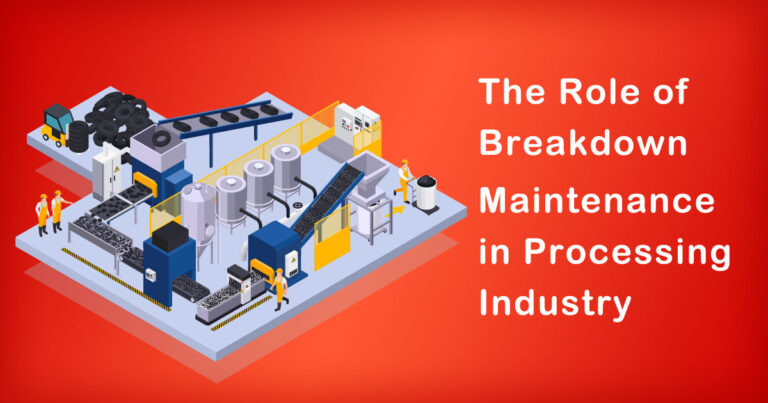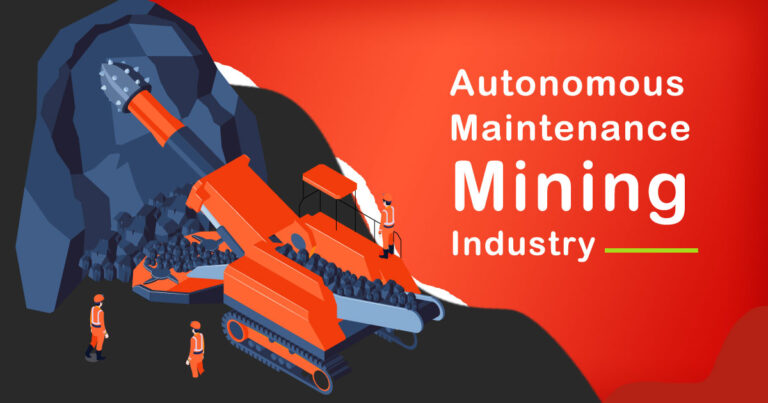Maintenance downtime is a necessary evil in any manufacturing or industrial process. It is essential for keeping equipment and machinery in good working condition, preventing breakdowns, and avoiding costly repairs. However, downtime also means that production stops, leading to a loss of revenue and profits. Therefore, managing maintenance downtime efficiently is crucial for any business, particularly in the Indian context, where the cost of downtime can be significant.
In this blog, we will discuss the best practices for managing maintenance downtime in an Indian context. We will also provide some research and facts to support our recommendations.
1. Plan Ahead
The first and most crucial step in managing maintenance downtime is to plan ahead. You must plan your maintenance activities well in advance and schedule them at a time when they will cause the least disruption to your production process. This could be during weekends, holidays, or when production is at its lowest.
According to a survey conducted by Plant Engineering, more than 80% of unplanned downtime events could have been avoided with proper planning and scheduling. Planning ahead helps to reduce the likelihood of unplanned downtime, and it also ensures that your maintenance activities are completed efficiently and effectively.
2. Use Predictive Maintenance
Predictive maintenance is a technique that uses data analytics and machine learning to predict when equipment failure is likely to occur. This technique can help you to schedule maintenance activities at the right time, before equipment failure occurs, thereby reducing unplanned downtime.
A study by the Aberdeen Group found that companies using predictive maintenance reduced unplanned downtime by 50% and increased equipment availability by 10%. This technique is particularly relevant in the Indian context, where many manufacturing processes rely on old or outdated machinery that is more prone to breakdowns.
3. Implement a Preventive Maintenance Program
Preventive maintenance involves performing regular maintenance activities on equipment to prevent breakdowns and unplanned downtime. It includes activities such as lubrication, cleaning, and replacing worn parts.
According to a study by the Maintenance and Reliability Center, implementing a preventive maintenance program can reduce maintenance costs by up to 30% and increase equipment availability by up to 20%. This technique is particularly useful in the Indian context, where many companies rely on manual labor to perform maintenance activities.
4. Train Your Maintenance Staff
Properly trained maintenance staff can help to reduce maintenance downtime by identifying potential problems before they occur and resolving issues quickly and efficiently. Training should include both technical and safety aspects of maintenance work.
According to a survey by Plant Engineering, companies with a comprehensive maintenance training program reduced maintenance downtime by up to 15% and increased equipment availability by up to 20%. In the Indian context, training is particularly important, given the lack of skilled labor in many industries.
5. Implement an Equipment Tracking System
An equipment tracking system can help you to keep track of your equipment, its maintenance history, and its current status. This information can be used to schedule maintenance activities and to ensure that equipment is available when needed.
According to a survey by Plant Engineering, companies using an equipment tracking system reduced maintenance downtime by up to 20% and increased equipment availability by up to 30%. In the Indian context, where many companies rely on manual record-keeping, an equipment tracking system can be particularly beneficial.
Conclusion
Managing maintenance downtime is crucial for any business, particularly in the Indian context, where the cost of downtime can be significant. By planning ahead, using predictive maintenance, implementing a preventive maintenance program, training your maintenance staff, and implementing an equipment tracking system, you can reduce maintenance downtime and increase equipment availability. These best practices are supported by research and facts and can help your business to improve its overall efficiency and profitability.








